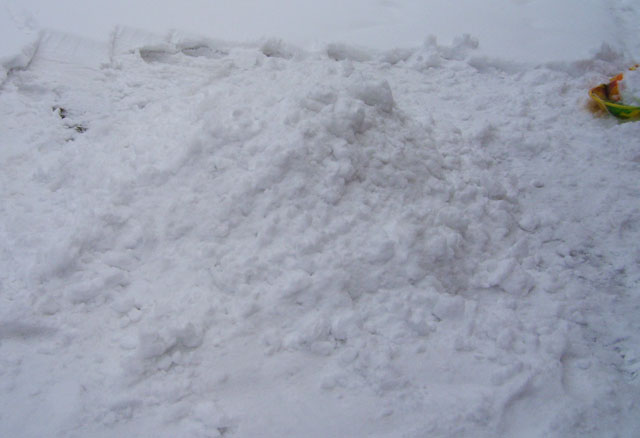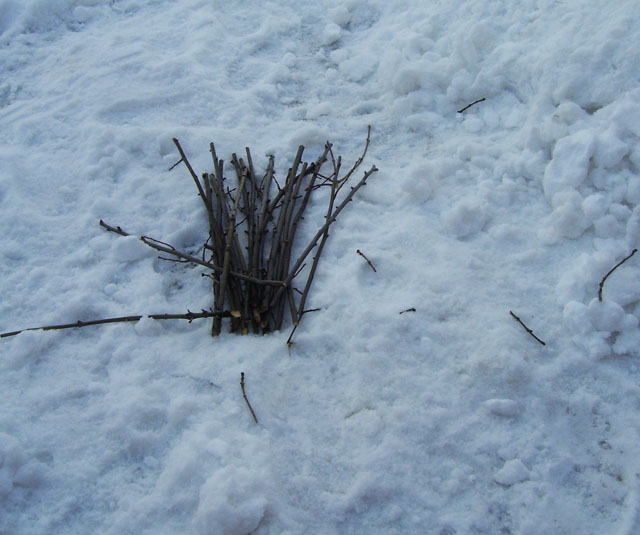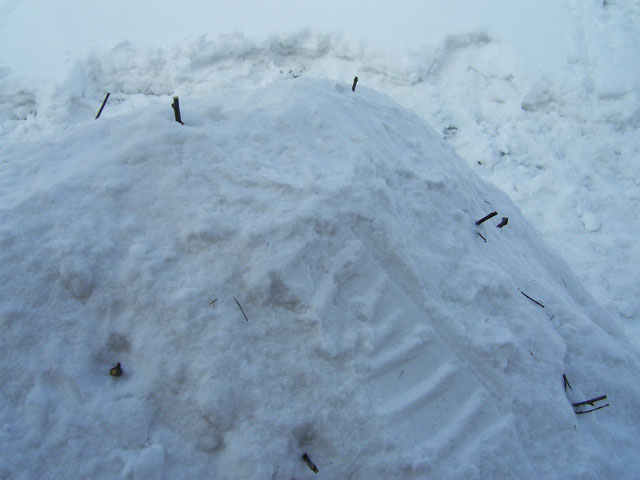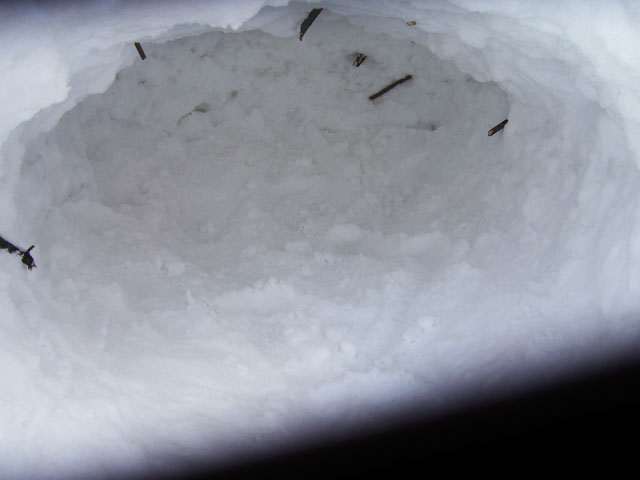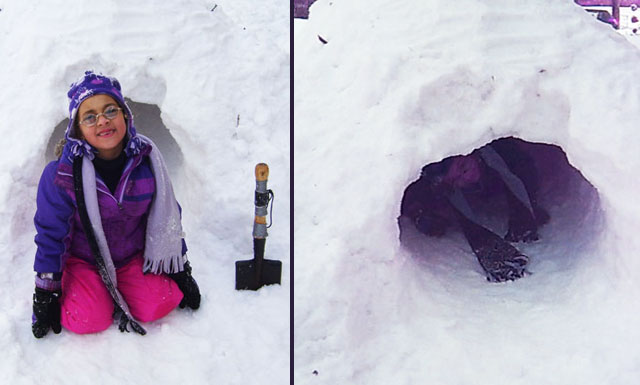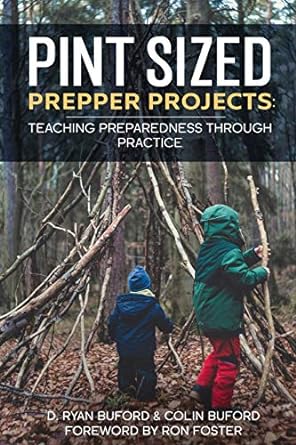How to: Build a Quinzhee Snow-Shelter
Videos
Shelter is generally first in The Sacred Order of Shelter-Fire-Water in a survival situation. Especially in cold and snowy weather. Snow is an excellent insulator and makes quite the building resource for winter survival. Most everyone knows about igloos, the traditional shelter of the Inuit. But building one takes some skill and the right type of hard-packed snow. Here is a much easier winter shelter that is fun to make and is a good backyard project to do with the kids called a Quinzhee.
Quinzhees comes from the Athabascan language; a language group of the indigenous peoples of North America[1]. They are quick to make provided there is enough snow and will serve as good temporary shelter in a pinch. As opposed to the igloo which is considered a long term shelter. Igloos require hard-packed snow, whereas quinzhees can be created with loose snow.
Care must be taken when building this sort of shelter. Quinzhees can collapse from poor snow conditions, warm weather, construction problems (hitting a supporting wall), failure to let the snow sinter long enough, or from people climbing on it. Collapse poses a danger of suffocation.[2]
Citations:
- http://en.wikipedia.org/wiki/Athabaskan_languages
- http://en.wikipedia.org/wiki/Quinzhee
- http://boyslife.org/outdoors/outdoorarticles/2992/how-to-build-a-quinzee-snow-shelter/
Instructions

1). Find an area with a fair amount of snow...
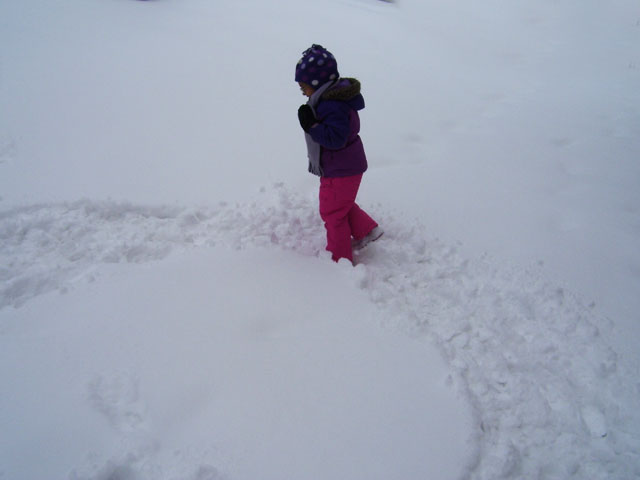
2). Tamp down the snow to mark the circumference of your shelter

3). With a shovel, snowshoe, sled, or toboggan,
start to pile the snow in the center of the circumference marked.
Ideally, you want the bottom of your shelter to be up about 12” from the ground, so that colder air will settle out toward the entrance

